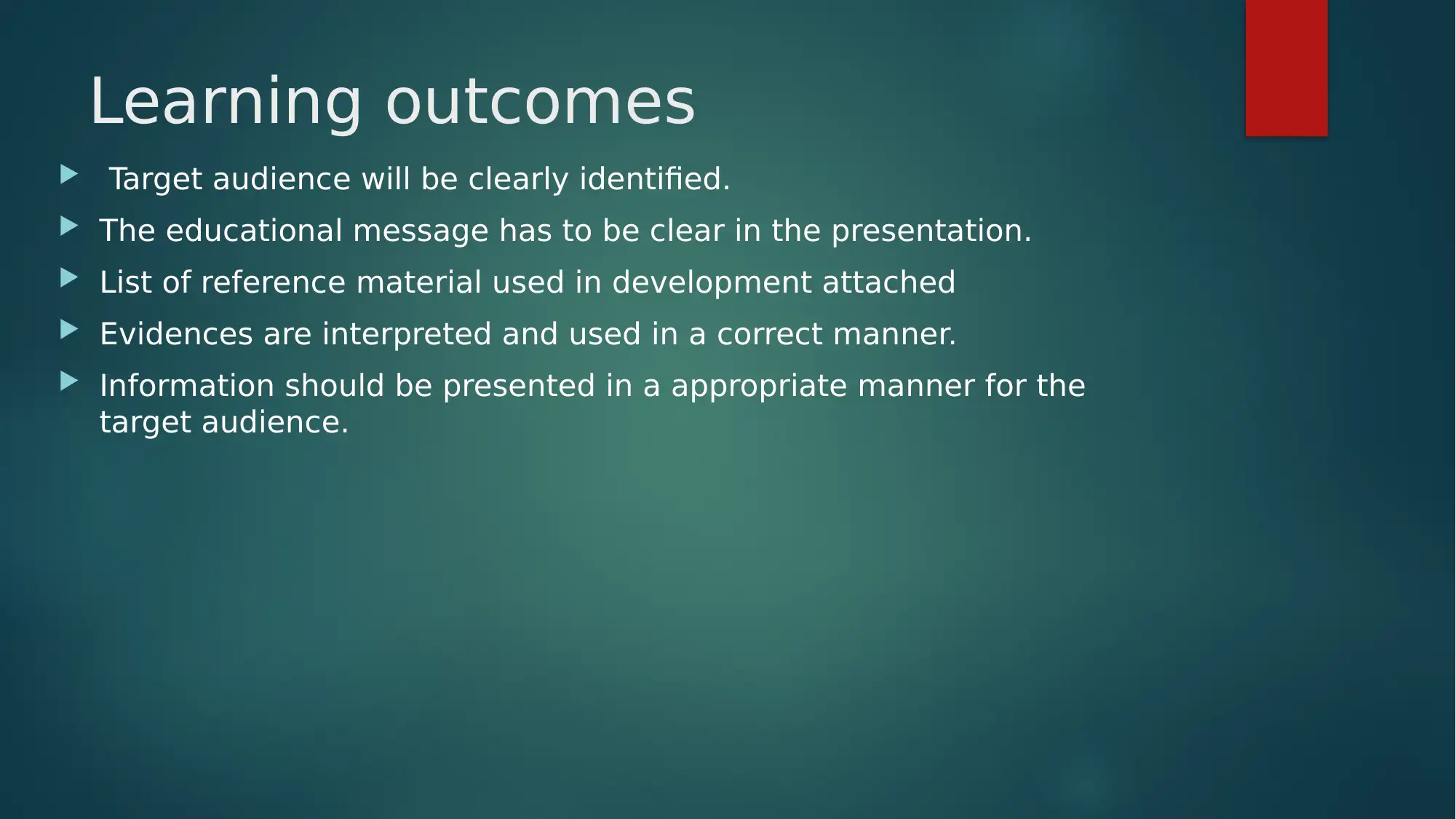CNA 347: An Educational Tool on Depressive Disorder for Adolescents
VerifiedAdded on 2023/04/25
|20
|1673
|436
Project
AI Summary
This project provides an educational tool focused on depressive disorder in adolescents aged 10-17, including their families. It aims to address knowledge gaps regarding depression, its signs and symptoms, and effective management techniques. The tool covers various aspects of depressive disorders, including types (Major Depressive Disorder, adjustment disorders, post-natal depression, and bipolar disorder), statistics on affected populations in Australia, causes (genetic factors, stress, social factors, substance use), signs and symptoms (emotional and physical), diagnosis methods, and treatment options (pharmacological, psychological, and medical interventions). Management strategies emphasize awareness programs, reducing social stigma, peer support, and leveraging technology and social media for mental health information dissemination. The project concludes that depressive disorder is a critical concern, particularly among adolescents, but can be managed effectively with appropriate interventions. This resource is available on Desklib, where students can find a wealth of solved assignments and past papers.
1 out of 20



















![[object Object]](/_next/static/media/star-bottom.7253800d.svg)